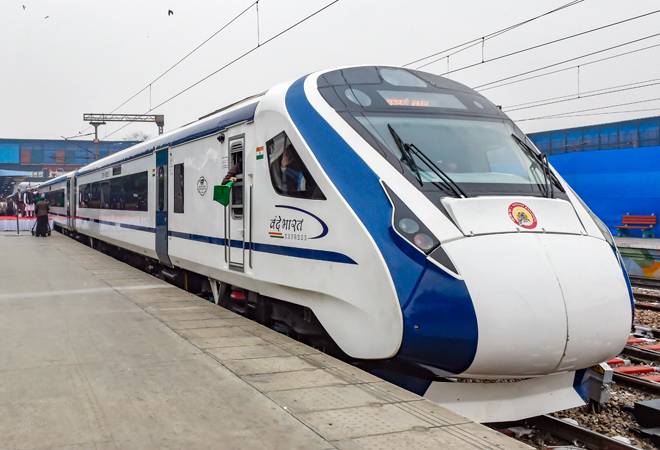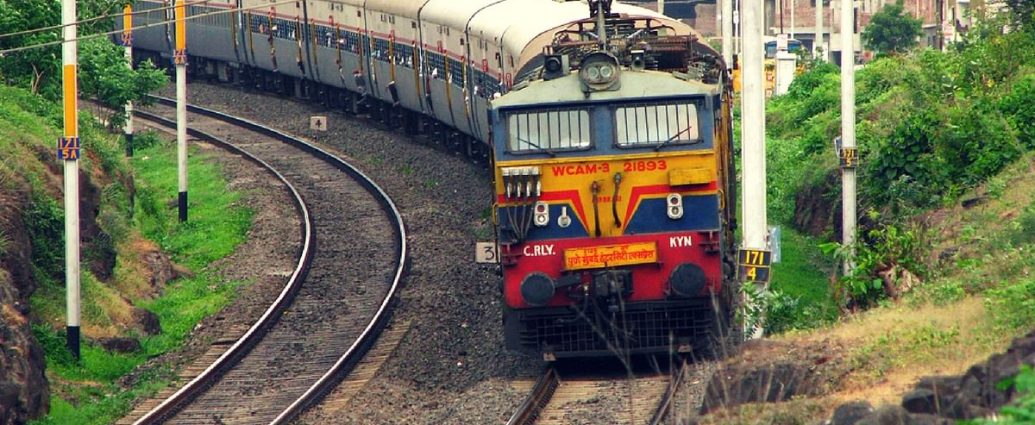We are in 73rd year of Independence and our country has flourished beautifully after independence so did the biggest mean of transport in our country the railways which changed a lot after the country got its freedom. Being the lifeblood of the nation and tightly integrated into its sensibilities and closely following the pulse of the nation, the state of the Indian Railways reflects the general state and mood of our country the Railways’ rate of growth was very high during the British rule.
In less than 20 years after the steam engine came to India in 1853, all its major metropolitan centres – including Delhi, Bombay, Calcutta and Madras – were linked by an extensive railway network. The country’s hill railways were set up in the next 50 years. Less than a century after the railways came into India, as much as 54,000 kilometres of tracks were laid to India’s network at the annual rate of 600 km. India’s rail network rose from 53,596 route kilometres as of April 1950 to 64,600 kilometres in March 2012.
1947 – 1959
IR History started in 1948 with an acute shortage of hardware and the partition and much of the first decade was spent in trying to bring the mess together
1960 – 1969
The early 1960s were probably the boom period for the Indian Railways had seen before 2000, when the network was modernizing with state-of-the-art locomotives, (comparatively) fast trains, new world-class rolling stock and good service
1970 – 1979
The 1960s were a time of great progress for Indian Railway in terms of new locomotives, electrification and up-gradation of speed. But that momentum of that technological advancement couldn’t be maintained for long and the railways started despond into bad times.
1980 – 1989
The most seen or figured out the development of the 1980s was the formation of the heart resulting in rampant electrification of lines across the country. Around 4500 route kilometres of track which was provided with electricity between 1980 and 1990! But Indian Railways’ most aggressive and high-tech project which would propel Indian Railway into the future was taking shape behind the screens.
1990 – 1999
The decade of liberalization. The railways shook off its chains to launch itself on the path of modification with standardization of train configurations, the country-wide introduction of the Sleeper and AC 3-tier coaches in large numbers on all trains

2000 – Present (2012)
One word: IRCTC. In one single shot, Indian Railways suddenly became accessible to everyone and travelling by train suddenly became an infinitesimally lesser hassle. Even if you don’t have an internet connection, you could approach any of the thousands of agents for a ticket.
Also Read:
Top 10 Medicinal Plants You Can Grow In Your Homes
Top 10 Beverages You Should Give A Try
Top 10 Indian Fruits You Should Never Miss
5 Special Sweets On The Occasion Of Ganesh Chaturthi
Sleep and Emotions Definition In Our Life.
